We are pleased to announce that we have added two limited-edition, fine art lithographs to the MUTTS Shop — the first of their kind in our online store.
These MUTTS lithographs were crafted with handmade paper at the renowned S² Art Group, one image at a time, on a rare, century-old Marinoni Voirin press (seven of which are known to exist in the world today). These antique flatbed presses are the same machines used in the legendary 19th- and early 20th-century ateliers* of Paris to produce the original works of lithographic fine art by great masters such as Alphonse Mucha, Henri Toulouse-Lautrec, Pablo Picasso, Marc Chagall, Joan Miró, Henri Mattisse, Alexander Calder, and many more.
*atelier: the private workshop or studio of a professional artist in which a principal master and a number of assistants, students, and apprentices can work together producing fine art or visual art released under the master’s name or supervision.
The lithographs produced by this method are of the finest quality, using techniques that are so labor and time-intensive that very few master printers know how to operate and care for these presses today.
How a Lithograph Is Created
The artist, or a skilled chromist under the artist’s direction, carefully hand-draws the design onto a Mylar surface. A separate surface is drawn, by hand, for each color to be in the finished print. Directly from these hand-drawn Mylar surfaces, metal plates are created by transference.
Next, master artisans slowly hand-pull each impression from these metal plates on a lithography press. The paper is then pulled many times, one color at a time — one pull for each color. Registration must be perfect.
Next, a curating department carefully examines each final lithograph. Imperfect prints are discarded. Finally, the artist (in this, case, Patrick) carefully checks each print for quality and perfection before signing each print by hand.
What Makes the Final Lithograph Prints So Special?
Because each lithograph is created with hand-mixed colors, applied one at a time, the result is an image with maximum pigment saturation, formed through rich layers of color that imbue the artwork with a permanency of brilliance, proven over centuries to last. (In contrast, today’s printers use a method more akin to a dot matrix style application, with the colors all pre-mixed and sprayed onto a sheet in a uniform layer, resulting in a much less saturated image that is susceptible to fading and imperfect color reproduction.)
If you look at the images closely, you’ll see no dot matrix — only pencil lines and brush strokes, just like an original painting.








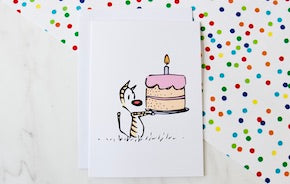
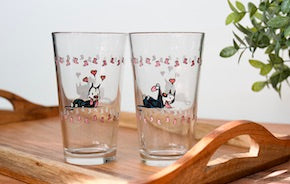
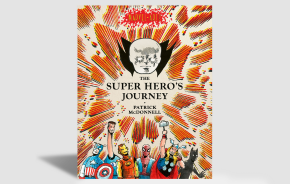
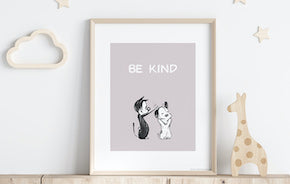
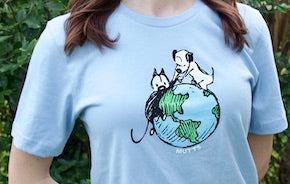


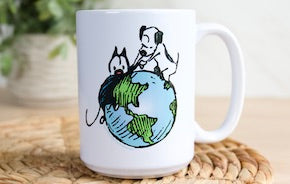
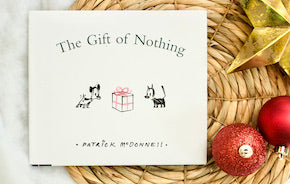
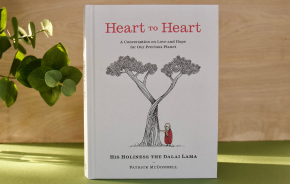
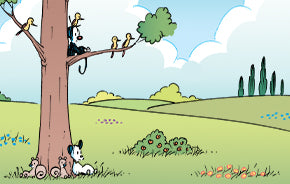
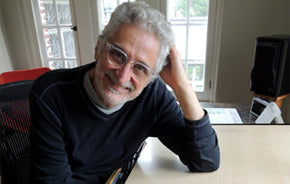


Comments (0)